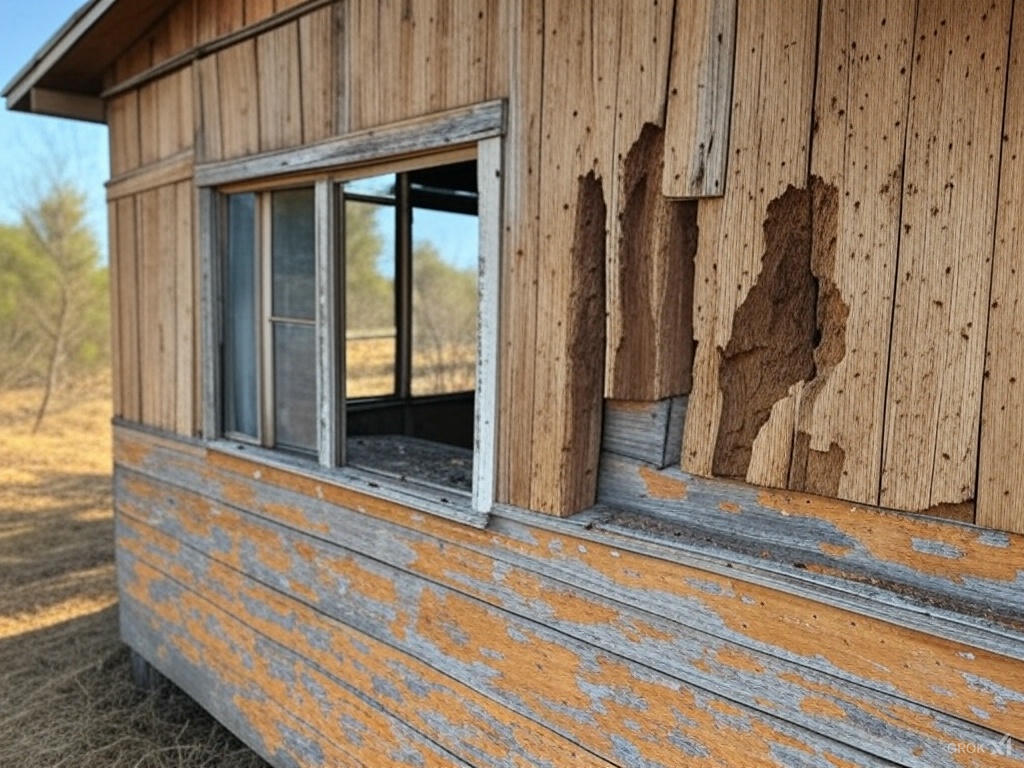How Quickly Termites can Destroy a Home
How Quickly Termites Can Destroy a Home
Termites are often referred to as “silent destroyers” for a reason. These tiny, wood-eating insects can cause significant damage to homes, often without homeowners even realizing it until it’s too late. Understanding how quickly termites can destroy a home is crucial for prevention and early intervention. This article explores the timeline of termite damage, the factors that influence their destructive speed, and how homeowners can protect their properties.
The Timeline of Termite Damage
Initial Infestation
Termites typically enter a home through cracks in the foundation, gaps around utility lines, or direct wood-to-soil contact. Once inside, they begin to establish their colony. This initial phase can take anywhere from a few months to a couple of years, depending on the species and environmental conditions.
Colony Establishment
A mature termite colony can contain anywhere from 60,000 to over a million termites. The queen termite can lay thousands of eggs each day, rapidly increasing the colony’s size. As the colony grows, so does its appetite for wood and other cellulose-based materials.
Visible Damage
Termites work 24/7, consuming wood from the inside out. This means that the damage they cause is often hidden until it becomes severe. On average, a termite colony can consume about one foot of a 2×4 piece of wood in approximately five to six months. While this may not seem like much, consider that a colony can simultaneously attack multiple areas of a home.
Structural Compromise
If left unchecked, termites can cause significant structural damage within just a few years. In severe cases, termites can compromise the integrity of a home’s wooden framework, leading to sagging floors, warped walls, and even ceiling collapses. The speed at which this happens depends on several factors, including the size of the colony, the species of termite, and the availability of food sources.
Factors Influencing the Speed of Destruction
Termite Species
Different species of termites have varying rates of destruction. Subterranean termites, the most common type in the United States, are particularly destructive due to their large colony sizes and rapid consumption rates. Drywood termites, on the other hand, have smaller colonies but can still cause significant damage over time.
Environmental Conditions
Termites thrive in warm, humid environments. Homes in regions with these conditions are at higher risk for rapid termite infestations. Additionally, homes with moisture problems, such as leaky pipes or poor drainage, are more susceptible to termite damage.
Availability of Food
The more accessible wood and cellulose materials are, the faster termites can cause damage. Homes with wooden structures, furniture, and even paper products provide an abundant food source for termites, accelerating the destruction process.
Prevention and Early Detection
Regular Inspections
One of the most effective ways to prevent termite damage is through regular inspections by a licensed pest control professional. These experts can identify early signs of termite activity and recommend appropriate treatment options.
Moisture Control
Since termites are attracted to moisture, it’s essential to address any water issues in and around your home. Fix leaky pipes, ensure proper drainage, and use dehumidifiers in damp areas like basements and crawl spaces.
Wood Maintenance
Reduce the risk of termite infestation by minimizing wood-to-soil contact around your home. Use treated wood for construction and keep firewood, mulch, and other cellulose materials away from the foundation.
Chemical Barriers and Baits
Professional pest control services can apply chemical barriers around your home’s perimeter to deter termites. Additionally, termite baits can be strategically placed to attract and eliminate termites before they cause significant damage.
Termites may be small, but their potential for destruction is enormous. Depending on various factors, these pests can cause significant damage to a home in just a few years, often without any visible signs until it’s too late. Regular inspections, moisture control, and proactive maintenance are key to preventing termite infestations and protecting your home from these silent destroyers. By understanding the risks and taking appropriate measures, homeowners can safeguard their properties and avoid the costly repairs associated with termite damage
